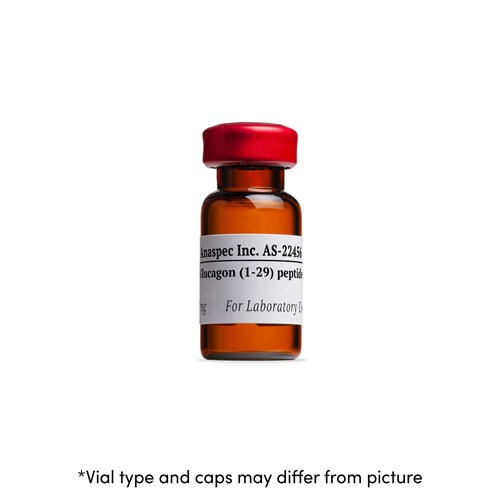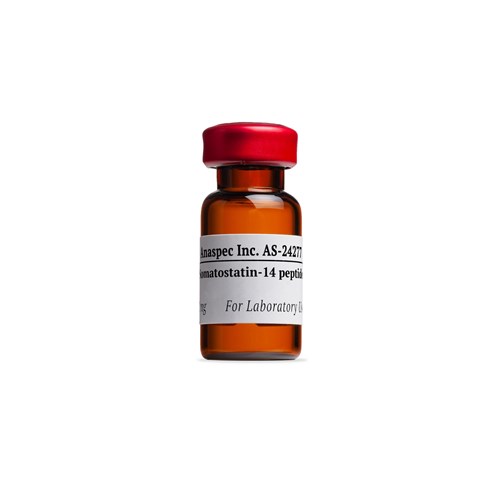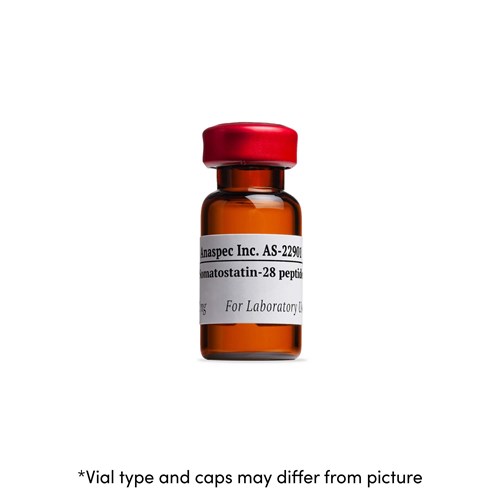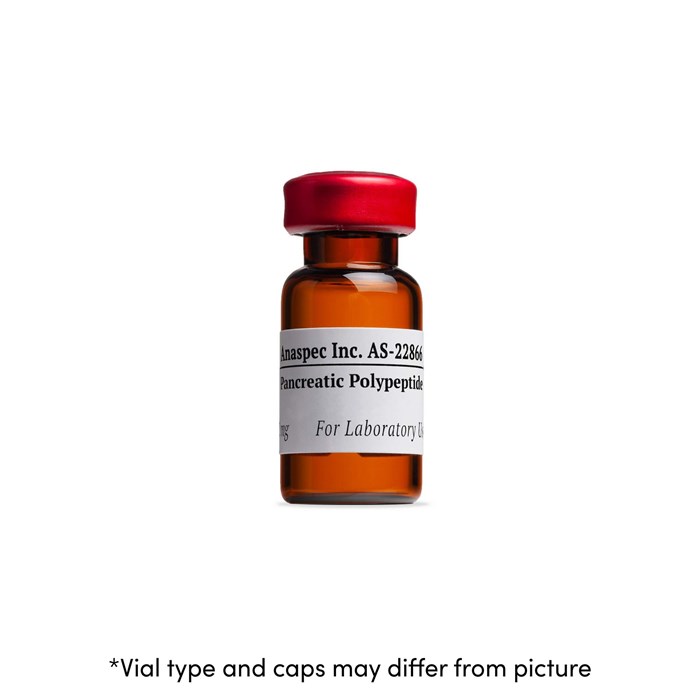Pancreatic Polypeptide, human
- Cat.Number : AS-22866
- Manufacturer Ref. :
-
Availability :
In stock
Pancreatic Polypeptide (PP) is a 36-amino acid anorexigenic peptide hormone secreted by the PP cells of pancreas. It is rapidly released postprandially and continues to remain elevated for approximately 4-6 hours after a meal. PP modulates food intake, and is absent in children with Prader-Willi syndrome. Secretion of PP can be accomplisehd through electrical stimulation of the vagus nerve. Cholecystokinin (CCK) and Gastrin appear to be involved in its secretion, while Ghrelin and Obestatin are reported to inhibit its release. PP is related to Peptide YY and Neuropeptide Y (NPY).
Specifications
| Chemistry | |
| Sequence one letter code |
|
|---|---|
| Sequence three letter code |
|
| CAS registry number |
|
| Molecular Formula |
|
| Molecular Mass/ Weight |
|
| Modification | |
| Conjugation |
|
| Quantity & Purity | |
| Purity |
|
| Storage & stability | |
| Form |
|
| Storage Conditions |
|
| Activity | |
| Biomarker Target | |
| Research Area | |
| Sub-category Research Area | |
| Usage |
|
| Source | |
| Source / Species |
|
Downloads
You may also be interested in the following product(s)



References
GLP-1
Pancreapedia . 2014 May 12 ; 1 | DOI : 10.3998/panc.2014.4
- JA. Williams
- et al
The role of pancreatic polypeptide in the regulation of energy homeostasis
Mol Cell Endocrinol . 2015 Dec 15 ; 418(1) 33 | DOI : https://doi.org/10.1016/j.mce.2015.06.028
- N. Khandekar
- et al

